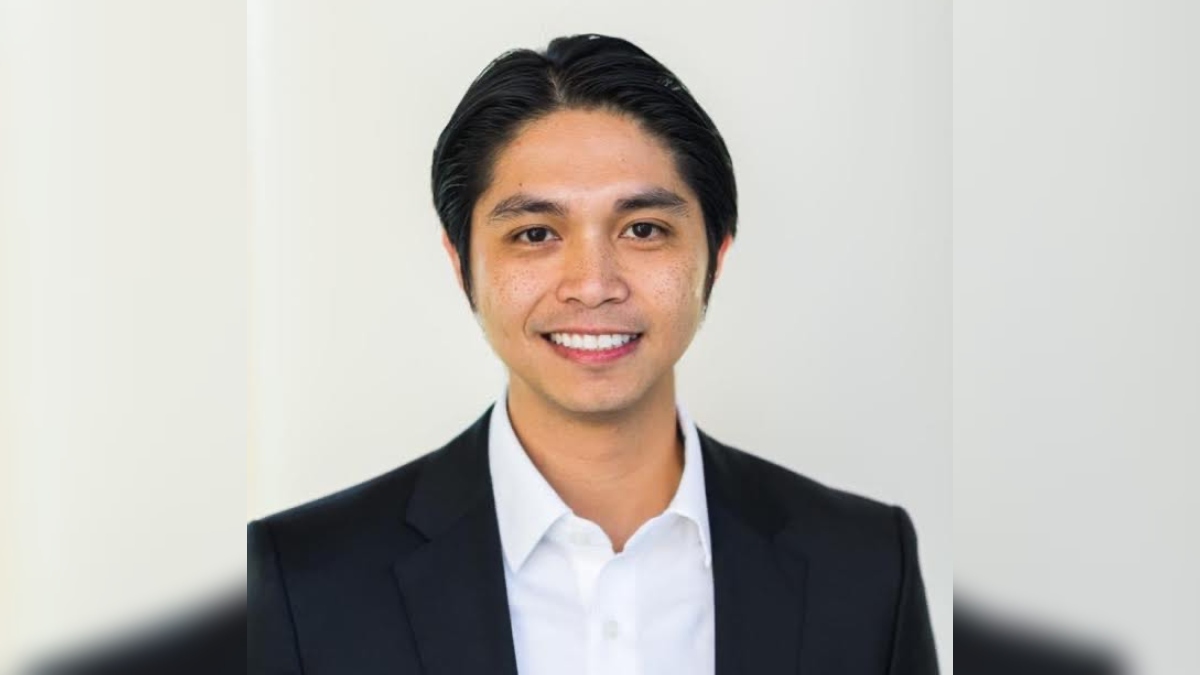Dr. Joseph de Veyra’s story is the epitome of what happens when compassionate care meets visionary leadership. A first-generation Filipino immigrant who rose from the frontlines of patient care to the highest levels of executive leadership, he has become one of the most compelling voices in the intersection of nursing, technology, and business innovation.
When the world stopped at the onset of the COVID-19 pandemic, Dr. de Veyra didn’t. As the Associate Chief Nursing Officer at Harborview Medical Center—the only Level 1 trauma center serving Washington, Alaska, Montana, and Idaho—he was thrust into crisis management in what was then ground zero: Seattle. But with his collaborative leadership, the hospital didn’t just weather the storm. It transitioned successfully from Cerner to Epic, optimized its quality metrics, and achieved its first Magnet designation—all while battling a once-in-a-century global health emergency. He also piloted an interdisciplinary leadership development program based on concepts from MIT Sloan School of Management and American Organization for Nursing Leadership to prepare emerging leaders for administration. That chapter marked not just a test of resilience but a proof point for what modern nurse leadership could achieve when grounded in strategy, empathy, and data.
After Harborview, Dr. de Veyra could have easily chosen rest. Instead, he chose reinvention. Today, he serves as the Chief Nursing Officer at NPHub and also holds the title of Chief Growth Officer at NPHire—two dynamic platforms working to address one of the most urgent issues in healthcare: the nurse practitioner workforce shortage. “I’m driven to be a catalyst for change,” he shares. “When I was ACNO, I received calls from NP students across the country struggling to secure placements. During my MPH program at Harvard, I came across the Future of Nursing Workforce report, which projected a 120,000 provider shortfall by 2030. It became clear: solving this starts with strengthening the NP pipeline. That became my ‘why.’”
His work at NPHub and NPHire bridges practice with purpose. The platforms now collaborate with leading institutions such as Yale, University of Southern California, and Graceland University, while also helping top employers like UCLA, Keck Medicine, Stanford, and Lee Health source nurse practitioners with transparency, inclusion, and mission alignment at the forefront. “We treat diversity as a superpower,” he says. “NPHire ensures salary transparency, curates high-quality NP jobs, and partners with institutions to align with DEI metrics—such as language concordance with patient populations—and builds leadership development pathways to grow the next generation of nurse leaders.”
To understand Dr. de Veyra’s success, one must trace it back to his Filipino roots. “Growing up as a first-generation Filipino immigrant taught me how to build from zero to one,” he says. “I watched my mother run her own business and learned the power of grit, humility, and service. I apply that mindset daily in navigating healthcare challenges with innovation and purpose.” This sense of grounded ambition has become a defining trait of his leadership—blending analytical precision with cultural and emotional intelligence.
Armed with an MPH from Harvard, an MBA from MIT, and a DNP from California State University Fullerton, Dr. de Veyra has always sought to lead at the intersection of disciplines. Whether serving as a 24/7 administrator in a high-stakes trauma center or developing scalable workforce solutions through tech startups, his approach reflects a rare versatility that the healthcare sector desperately needs. His career is a powerful argument that nursing leadership can—and must—transcend traditional roles. “Nurses are where the rubber meets the road,” he emphasizes. “We are the largest segment of the healthcare workforce and see firsthand the challenges on the frontlines. We must be at the table—leading innovation, shaping strategy, and solving for equity and access.”
But beyond strategy, he speaks directly to nurses who are unsure if there’s a place for them in tech, policy, or business. His message is clear: there absolutely is. “Be intentional,” he advises. “Gain strong clinical and leadership experience—but don’t stop there. When I worked on leveraging technological solutions with my team at a trauma center, I saw how tech and financial strategy shaped care. Leadership isn’t linear. Embrace complexity, understand budget and reimbursement, and remember: a strategy without data is just poetry.”






